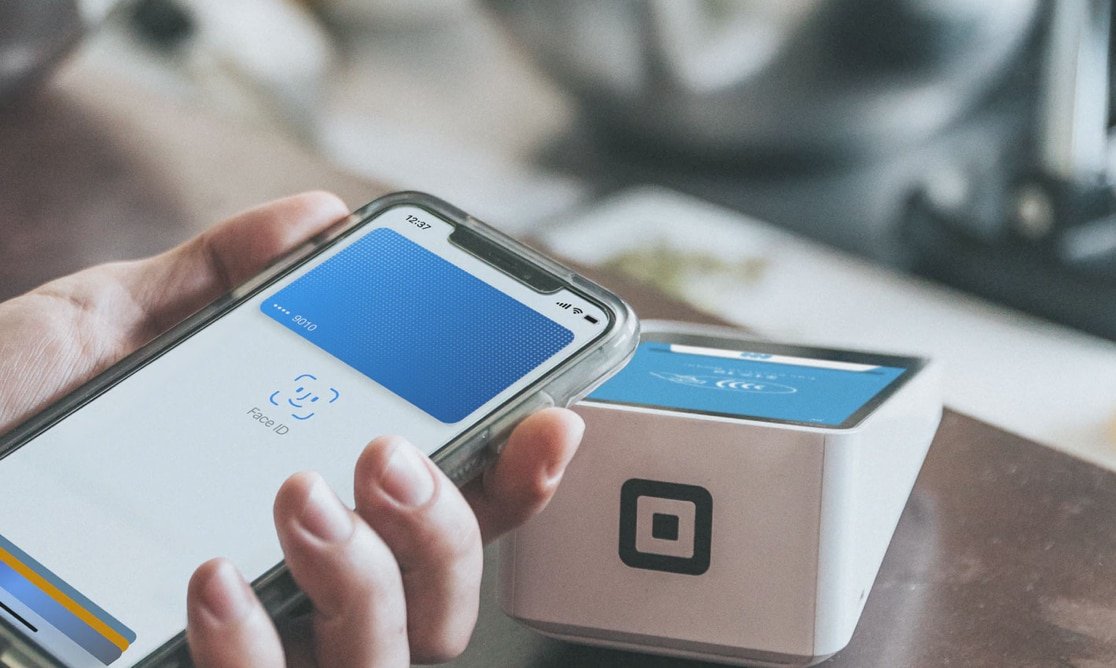- Concerned about becoming a victim of credit or debit card fraud?
- Maybe just want to find a way to buy things online without using your actual card?
- Find out how a virtual payment card can help protect your identity and reduce the threat of fraud.
A virtual card limits the personally identifiable information (PII) shared with online retailers and other digital venues accepting credit cards for payment.
In the past, banks issued virtual cards to customers, but they had a clunky interface and caused more problems than they solved. Fortunately, the new era of virtual card providers offers you a range of virtual cards providing a user-friendly virtual payment experience.
With the right virtual payment card, you can protect your privacy and personal information from online hackers and bad actors.
How virtual payments cards work
Virtual payment cards, otherwise known as "pseudo-cards" or "temporary cards", provide you with a debit or credit card number created through a mobile app or website. There is no actual physical card attached to the number.
You can use a virtual payment card to pay for anything online in lieu of your credit or debit card. Typically if you're buying something online using your credit card, you would need to provide the card number, expiry date, and CVC number.
With a virtual card, the online retailer never sees the account numbers on your physical card or the data on it. Instead, the virtual payment card fills this gap, allowing you to use a different card number than the one printed on your credit or debit card.
Therefore, should the store get hacked or experience a data leak, hackers will get the virtual card number and not the actual digits on your credit or debit card. Since you can set limits and expiration dates for the card — even creating a single-use virtual cards that will only work at a specific store — the value of a stolen virtual card is greatly reduced.
Virtual cards are easy to create. There is no credit check when creating a virtual credit card and you'll be ready to shop in a few clicks.
Different types
Virtual payment cards are available in two formats ― subscriptions or temporary cards. With a subscription, you top-up your card account with the money you want to spend. When it's gone, you either add more funds to the virtual card from your bank account or close the card.
Temporary virtual payment cards, otherwise known as "burner" virtual cards, are single-use only. After you use the account's funds, the service provider deactivates the virtual card number, rendering it useless.
Subscription cards are beneficial for people who do a lot of shopping online and want an extra layer of protection between their accounts and retailers. Temporary virtual cards are suitable for people that don't use cards often or if you’re going on vacation or paying for a single service online.
Pros and cons
Pros
- Granular control over spending limits and where the card can be used, e.g. set up a virtual card just for Netflix, another for Amazon, etc.
- Stop giving out your actual credit card details, which makes you harder to track online and makes it more difficult for your identity to used by someone else.
- Easy to cancel and replace with another virtual card, with no link to the previously canceled virtual card.
- Give your kids a virtual card they can use to buy things online (like V-Bucks, Minecoins, etc.) with a set spending limit.
Cons
- There is a bit of set up involved, especially if you want to go the route of using a separate virtual card per store. This can create an admin overhead that might work for some and put others off.
- You might have to pay up to 3% in fees for international transactions.
FAQs
Are virtual cards legal?
Yes, virtual payment cards are legal to use. In fact, even companies like Apple let you generate virtual card numbers if you have an Apple Card.
Can you use virtual credit cards in-store?
Some virtual cards can be added to mobile wallets such as Apple Wallet, Google Pay, Samsung Pay, etc. If your provider does not allow this, and you have a PayPal account, then you could link your virtual card with your PayPal account and then add PayPal to your mobile wallet.
Do virtual cards expire?
Typically, you can set virtual cards to expire up to a year from the date of issue. Some virtual cards expire after you use the limit on the card.
What happens if you lose the details?
You can cancel the card instantly and then replace it with a new one. Any subscription payments drawing from that card will need to be updated.
Will using a virtual payments card hurt my credit score?
Simply creating a virtual payment card that is linked to your real credit card will not affect your credit score. Virtual cards do not have balances since the payment is charged to whatever card you have linked to your account.
Verdict
Virtual payment cards offer you the benefits of credit and debit cards with a much lower risk of fraud. They provide an additional layer of protection and mean you leave less of a trace that can be tracked back to you and used for advertising.
Apart from their obvious privacy and security benefits, there are also very practical use cases where virtual cards make a lot of sense. Parents reading this with young kids will appreciate how useful they could be for managing pocket money.


